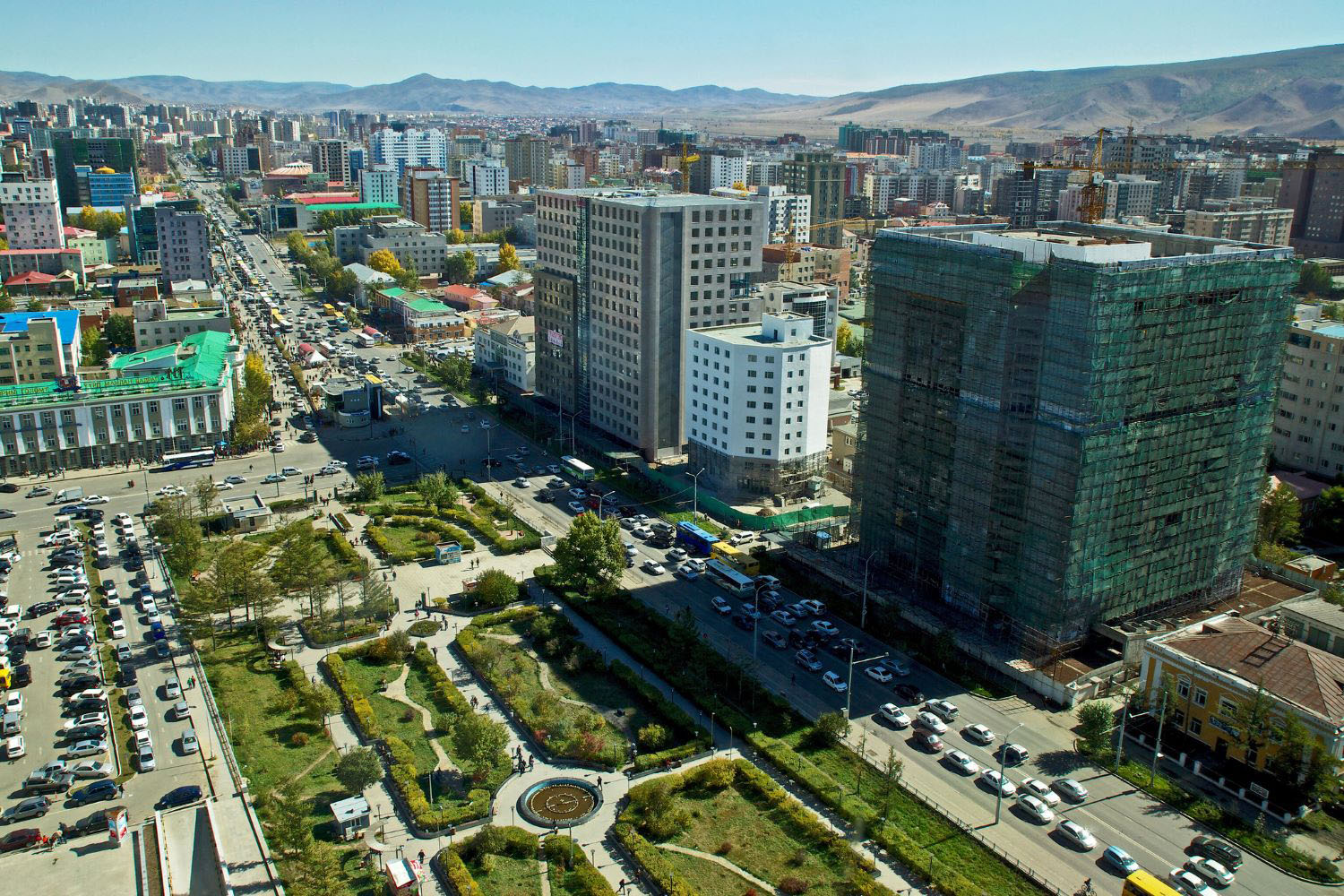On Thursday, August 4, the World Bank’s Board of Executive Directors approved a new “Environmental and Social Framework” for bank-financed investment projects. The Board decision is the culmination of a policy reform process that has been going on since before I left the World Bank Environment Department in 2010, following more than six years of fractious consultations and negotiations.
The new framework is meant to modernize the approach to managing social and environmental risks. The original policies were developed in an ad hoc manner since the first policy on environmental assessment was put in place more than 20 years ago. The previous set of “safeguard policies” was project-focused and process-based, employing what my colleague Scott Morris called in a recent blog post “regulatory compliance on a project-by-project basis.”
Why did the process of revising the policies take so long? In part because the new framework expands the coverage to include human rights, non-discrimination (e.g., on the basis of sexual orientation), comprehensive labor and working condition protections and community health and safety measures. The bank needed to balance conflicting views on these issues between its borrowing country and donor shareholders and the large number of stakeholders that are part of the bank’s authorizing environment. For nearly four years, bank staff engaged with stakeholders, including member countries, civil society organizations from developed and developing countries, academia, development experts, and beyond. Bank staff went to 63 countries, including 50 borrower countries, and the consultation meetings had almost 8,000 participants overall across the three phases. And part of the reason for the slow process is, as Scott noted, due to a trust gap between different stakeholder groups and the bank.
By placing greater emphasis on the use of the borrowing country’s own policies and procedures, the updated framework places greater accountability in borrower countries for managing environmental and social risks. This is meant to enhance attention to and responsibility for managing these risks beyond the confined limits of just the World Bank-financed project, and is expected to raise the overall caliber of management of these issues in borrower countries.
The new framework is also expected to reduce the bureaucratic transaction costs associated with bank borrowing. The terms on World Bank loans are quite favorable, with borrowing costs generally much lower than the cost that emerging and “frontier” market countries would be able to get on their own. But demand for World Bank loans has been dampened by the high level of transaction costs and slow processing times. And the World Bank faces competition from newer development banks, like the recently established Asian Infrastructure Investment Bank, whose safeguard policies are more streamlined.
While the new policy framework has cleared the hurdle of Board approval, many questions remain. Will the new framework succeed? Will it enhance country capability and commitment to managing environmental and social risks? And will it reduce the bureaucratic hassles associated with bank lending and bolster demand?
Ultimately, the success of the new policies will depend on the willingness of World Bank management, and its Executive Board, to be less risk averse and to engage in more adaptive risk management as it shifts from a system based on bank rules to one that relies on country processes.
Economic development is not risk free or always “win-win”; it can entail difficult tradeoffs. Over the years, the World Bank has become more risk averse, avoiding investment in sectors such as dams and forests that may have enormous development benefits but that lead to local and even global controversy among large numbers of diverse stakeholders with divergent views. As Scott noted, the “culture at the bank has been guided by the small number of failures.” Dam construction is a case in point. Debate and controversy over the impacts of dams on people, river basins and ecosystems, as well as their economic performance, sparked opposition to development finance for dams. The controversy led to the establishment of a World Commission on Dams in 1998. The Commission’s report was critical of large dams. For better or worse, the controversy led the World Bank to withdraw from financing large dams for more than twenty years. The cumulative effect of risk avoidance is to paralyze investment in programs that might have large development outcomes but that do entail some risk.
More recently, when the World Bank introduced its new lending instrument, the Program for Results (P4R), it shied away from sectors like forests that could have benefited from a results-based approach. CGD colleagues Alan Gelb, Anna Diofasi and Hanna Postel noted in a recent CGD Working Paper that the bank limited P4R eligibility to only those sectors where the prospect of environmental and social risks was minimal, rather evaluating the risks and managing them jointly with borrower governments.
And there may be lingering questions about whether the new framework will allow the World Bank to continue to finance important development programs without shying away from risk altogether. The new approach looks at safeguards as part of a development process, rather than just rules for project management. However, following approval of the framework, some Board members have indicated that the Board is already asking “trillions” of questions. They expect that, like the P4R, transactions costs may actually be higher in the short term and project approval slower. But if the World Bank is serious about supporting capacity development in borrower countries, working with countries to strengthen institutions and processes in good faith, continuing to push towards greater transparency, while building trust with the wide range of stakeholders, and if it invests the needed resources in its own staff training program, then in the longer term the new approach can both enhance sustainable development outcomes and untangle some of the complicated procedures that have encumbered the bank’s ability to support these outcomes.
Disclaimer
CGD blog posts reflect the views of the authors, drawing on prior research and experience in their areas of expertise. CGD is a nonpartisan, independent organization and does not take institutional positions.





